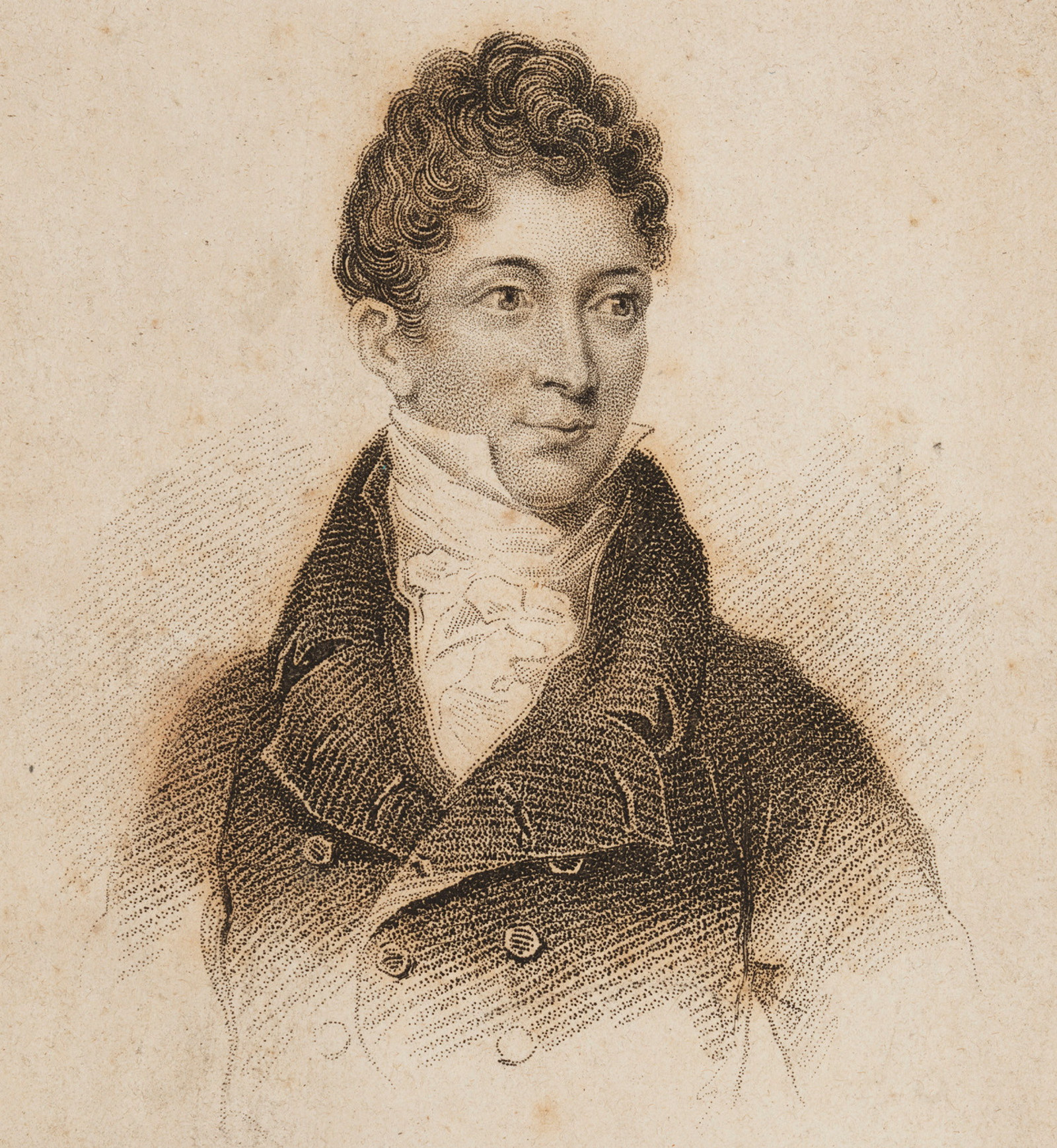Wattle and daub
Early huts in Sydney were often made from materials found in the local environment. Sturdy wooden posts, with thinner branches woven in-between created a wall, and then this was covered with clay or mud to make it solid. However, the walls were easily damaged by Sydney’s severe weather, especially heavy rain.
Published on
Related

Convict Sydney
James Hardy Vaux
Some convicts were transported more than once. Vaux was sent to the colony three times, each time arriving under a different name

Convict Sydney
Pick of the crop
Convicts could earn good money doing private work, so many tried to conceal their skills during the initial muster to avoid being assigned to government projects

Convict turned constable
A recently donated letter, signed by the governor of NSW in 1832, offers a tangible connection to the story of Samuel Horne, a convict who rose to the rank of district chief constable in the NSW Police

Cultivating a therapeutic landscape
Tracing the evolution of the Parramatta Female Factory to a hospital